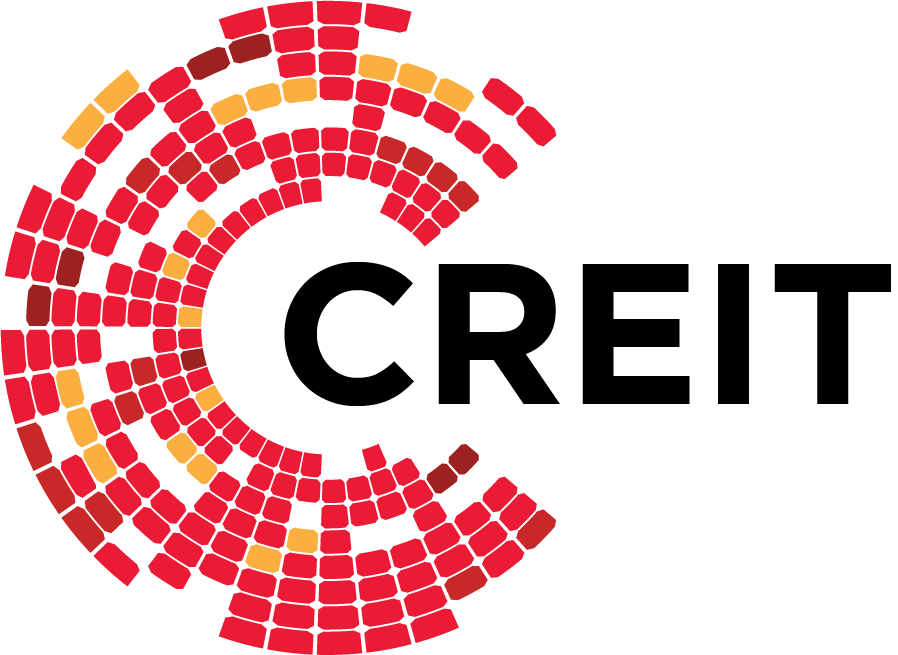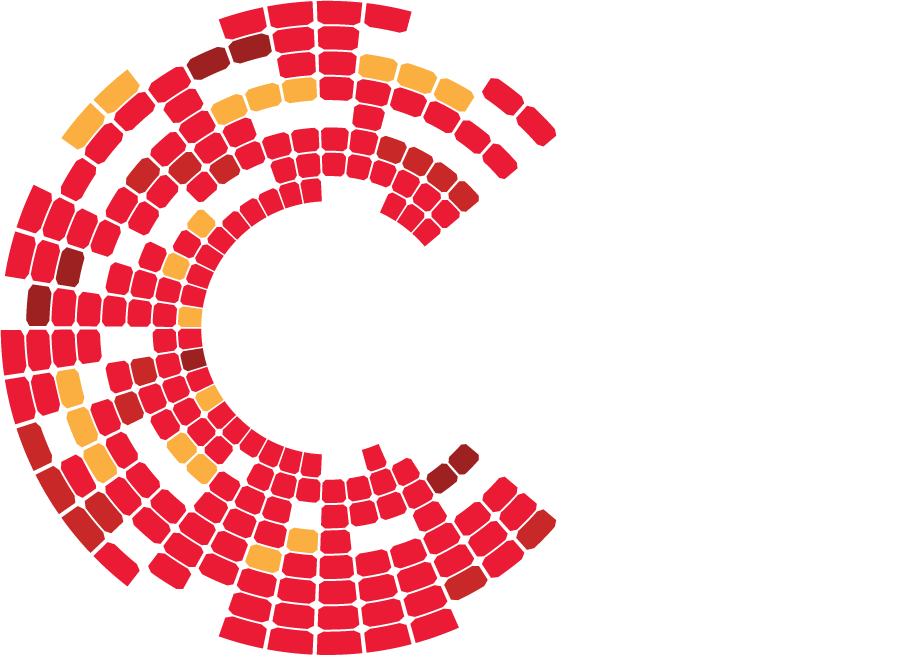Not all investors play it safe, and that’s not a bad thing. For those with a strong appetite for growth and a longer investment horizon, an aggressive investment strategy may offer the most rewarding path to wealth. After all, it’s not about recklessness; it’s about making bold, calculated moves that match your ambition and risk tolerance. When used wisely, aggressive investing can unlock higher returns and outpace inflation over time, especially when it aligns with your financial goals.
In the Philippines, aggressive investment strategies are gaining attention among younger, digitally savvy investors and professionals seeking higher long-term capital gains. Here’s the thing, though: whether you're considering high-growth stocks, small caps, or alternative asset classes such as real estate investment trusts (REITs), this approach demands a firm understanding of the risks and the discipline to stay the course.
This blog gives you an idea about what makes a portfolio aggressive, how to tell if this approach fits your profile, and which asset classes can maximize your return potential. Read on.
What is an Aggressive Investment Strategy?
An aggressive investment strategy is designed for investors who want to prioritize growth over stability. It involves building a portfolio concentrated in high-risk, high-reward assets with the intention of achieving significant long-term capital appreciation. Rather than focusing on capital preservation or steady income, this approach leans heavily on the potential of market-beating gains.
To put it simply, aggressive investing assumes that with greater risk comes the opportunity for greater returns. Investors who adopt this strategy typically allocate a large portion of their portfolio to equities, particularly small-cap and mid-cap stocks, emerging sectors, and higher-growth industries. These investors are less concerned about short-term volatility and more focused on what their portfolio could be worth five, ten, or even twenty years from now.
As noted at the outset, aggressive investment strategies are increasingly popular among younger investors and digital natives who are comfortable navigating online platforms and self-managing portfolios. However, aggressive investing is not limited to any age group. What defines it is the mindset: a strong belief in long-term growth, a high tolerance for market fluctuations, and the willingness to wait out downturns in exchange for higher gains.
Related Article: A Closer Look into Smart Investment Decisions: A Guide for Businesses Today
Are You an Aggressive Investor? (Key Traits to Know)
An aggressive investor isn’t defined by age or income. On the contrary, it’s about mindset and goals. If most of these traits resonate with you, this strategy could align with your approach:
1. High Risk Tolerance
You’re comfortable with market volatility and potential losses in the short term. You see dips as buying opportunities rather than reasons to panic.
2. Long Investment Horizon
You're planning years, if not decades ahead. Time is on your side, giving your investments the chance to recover from downturns.
3. Growth-Oriented Goals
You’re focused on building wealth faster, such as growing a retirement fund or saving for a major life milestone like starting a business or buying property.
4. Informed and Engaged
You actively follow market trends, economic updates, and company earnings. You may enjoy stock analysis or regularly tweak your portfolio based on strategic research.
5. Emotionally Disciplined
You are able to avoid knee-jerk reactions during market turbulence. Instead, you trust the long-term plan and avoid panic selling.
Advantages of Aggressive Investing
Aggressive strategies offer several compelling benefits, especially for those with the patience and mindset to see them through.
- • Potential for Higher Returns: Aggressive portfolios target above-average returns by investing in fast-growing sectors and high-performing asset classes. This is essential for investors looking to beat inflation and rapidly increase their net worth.
- • Compounding Over Time: The earlier you start, the more aggressive investment strategies can work in your favor. Long-term holding of high-growth assets amplifies the effects of compounding, turning early investments into significant future gains.
- • Early Wealth Accumulation: With the right mix of assets, aggressive investing allows younger investors to build wealth faster, giving them more financial flexibility and optionality later in life.
- • Access to Innovation and Emerging Markets: Aggressive portfolios often include companies at the forefront of innovation, such as tech, renewable energy, and biotech. This means you're not just investing for profit, but participating in shaping the future.

What Risks Should You Consider Before Diving In?
Aggressive investing holds a strong appeal, but it's not without significant risks. Understanding these risks is essential before committing your capital.
Market Volatility
An aggressive portfolio is more sensitive to shifts in market conditions. The same growth-oriented assets that fuel large gains during bullish periods can suffer steep declines in downturns. Price fluctuations can be sharp and frequent, requiring emotional discipline to avoid panic selling.
Loss of Principal
Increased exposure to speculative or less-established companies raises the possibility of losing part, if not all, of your original investment. Startups or small-cap stocks may fail to deliver on growth expectations, especially in volatile economic environments.
Limited Liquidity
Some high-growth investments, especially those in emerging markets or specialized industries, may not be easily sold when needed. Illiquid assets can be difficult to offload quickly without incurring a loss, making it harder to respond to urgent financial needs.
No Predictable Income
Unlike bonds or dividend-paying instruments, aggressive portfolios often lack regular payouts. Investors relying solely on growth assets must be prepared to wait for returns to materialize, sometimes over long periods with no interim income.
Emotional and Psychological Stress
Aggressive investors face frequent price swings that can lead to emotional decision-making. If not managed carefully, this might result in mistimed trades, such as selling during a dip or overinvesting during a rally, both of which erode long-term returns.
Lack of Diversification
An overly concentrated portfolio in aggressive stocks or sectors may backfire if a particular industry underperforms. Without diversification, the risk of sharp portfolio declines becomes more pronounced.
These risks don’t mean you should avoid aggressive investing altogether. Rather, they highlight the importance of informed decision-making, risk management, and a clear understanding of your financial goals.
Tips to Manage Risk in an Aggressive Portfolio
As we’ve mentioned, aggressive investing requires both courage and caution. So, while you’re targeting high returns, you’ll need smart strategies to minimize downside exposure and protect your long-term growth trajectory.
1. Diversify Across Growth-Oriented Assets
Don’t rely on one stock, sector, or asset class. Diversify across various high-growth options, such as tech stocks, REITs, and small-cap equities, to reduce the impact of a single asset underperforming. This helps manage volatility while still keeping your portfolio growth-focused.
2. Rebalance Regularly
Markets shift. What was once a small position could become overweight if a stock rallies. This is where rebalancing comes in: it ensures that your asset allocation remains aligned with your original risk profile. Selling some of your top performers and reinvesting in lagging but promising assets can also lock in gains and reduce concentration risk.
3. Practice Peso Cost Averaging
Regardless of price, investing a fixed amount at regular intervals helps smooth out entry points and reduces the temptation to time the market. Over time, this strategy allows you to build positions methodically and average out your cost basis.
4. Keep a Liquidity Buffer
Even aggressive investors need an emergency fund. Allocate a portion of your capital to liquid assets like time deposits or money market funds. This ensures you have access to cash when needed, without being forced to sell growth assets at a loss during a downturn.
5. Avoid Overexposure to Speculative Picks
While high-risk assets can offer substantial returns, they should not dominate your portfolio. Balance speculative investments with more stable growth options, such as REITs or blue-chip equities, which may provide steadier performance with less downside risk.
6. Have a Defined Exit Strategy
Set realistic return targets and loss thresholds for each investment. Having a clear plan for when to exit helps reduce emotional decision-making and keeps your strategy on track, even during volatile periods.
7. Stay Educated and Updated
Finally, markets evolve quickly. The more informed you are, the better decisions you’ll make. Follow credible financial news, review company earnings reports, and consider consulting with a licensed financial advisor when making large investment moves.
High-Growth Investment Options That Shape Aggressive Portfolios
In the Philippines, a variety of investment vehicles cater to aggressive investors. Here are some of the most commonly used assets:
Renewable Energy REITs (Like CREIT)
Yes, REITs are typically considered stable—but sector-focused REITs in fast-growing industries like renewable energy bring together the best of both worlds: steady dividend income and long-term capital appreciation.
CREIT’s real estate portfolio supports the country’s solar power infrastructure, a sector with rising demand, long-term lease contracts, and strong sustainability fundamentals. This makes CREIT a smart inclusion even in aggressive portfolios aiming for reliable growth in essential sectors.
Small-Cap Stocks
These are shares of smaller Philippine companies with high growth potential. While they carry higher volatility, they offer the chance for exponential gains if the company scales successfully.
Aggressive Mutual Funds and UITFs
Funds labeled “aggressive” or “growth-oriented” typically invest heavily in equities and allocate smaller portions to fixed income. These are managed by professionals, making them ideal for aggressive investors who want exposure without actively trading.
Tech and Innovation-Driven Equities
Companies in industries like e-commerce, fintech, and green energy offer strong potential for long-term capital appreciation, though they often come with steeper risk profiles.
Equity Index Funds
While not as volatile as individual stocks, index funds tracking the PSEi or similar indices provide diversified access to large-cap companies that can still deliver growth over time.

Secure Higher, More Sustainable Returns with Renewable Energy REITs
Aggressive investing doesn’t have to mean reckless investing. With smart asset selection and a disciplined mindset, Filipino investors like you can build bold, growth-focused portfolios that are still rooted in long-term value and sustainability.
One such opportunity lies in renewable energy REITs like Citicore Energy REIT (CREIT). As the country’s first energy-focused REIT, CREIT lets investors tap into a fast-growing, crisis-resistant industry that delivers both high potential returns and real-world impact. It’s a powerful way to align aggressive goals with sustainable outcomes.
Looking to balance bold strategy with long-term reliability? Learn how CREIT can support your growth-focused portfolio while keeping your values—and your future—in mind. Start investing in renewable energy today.


